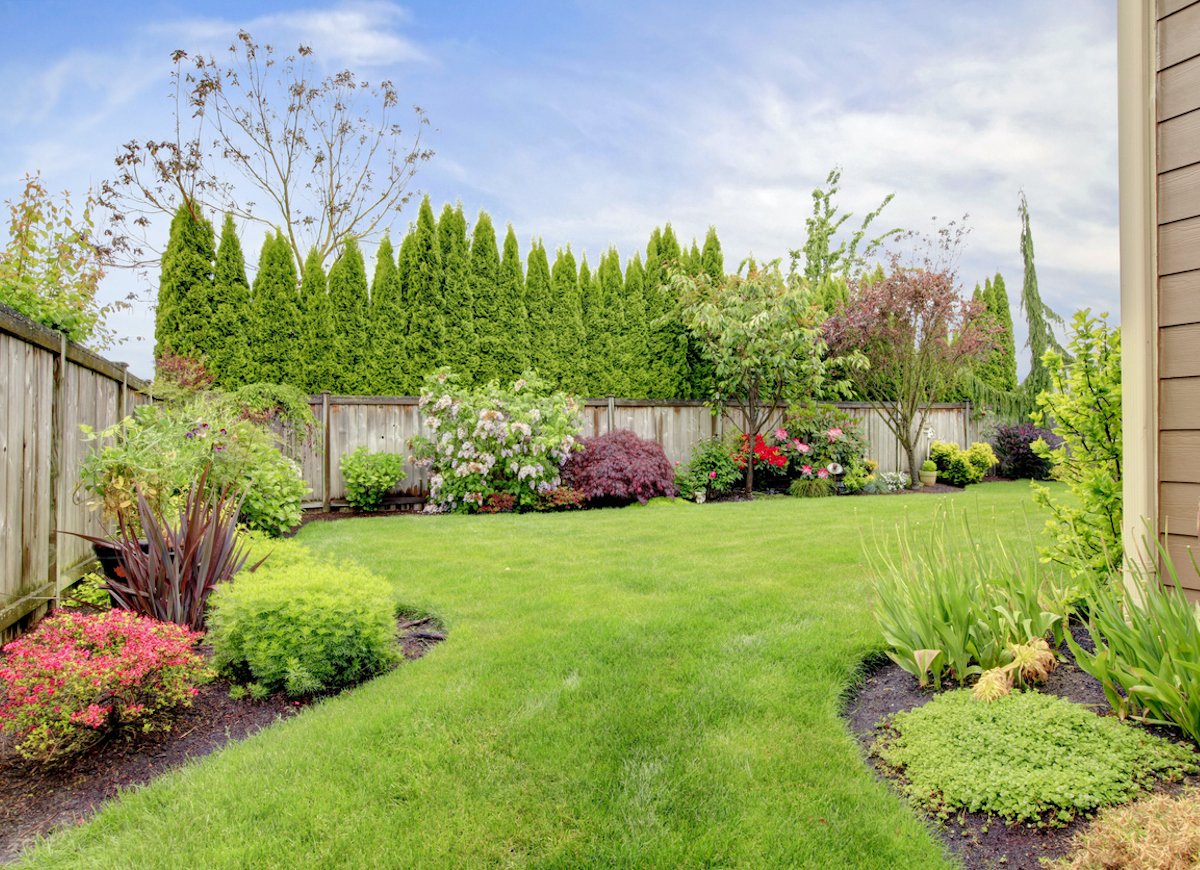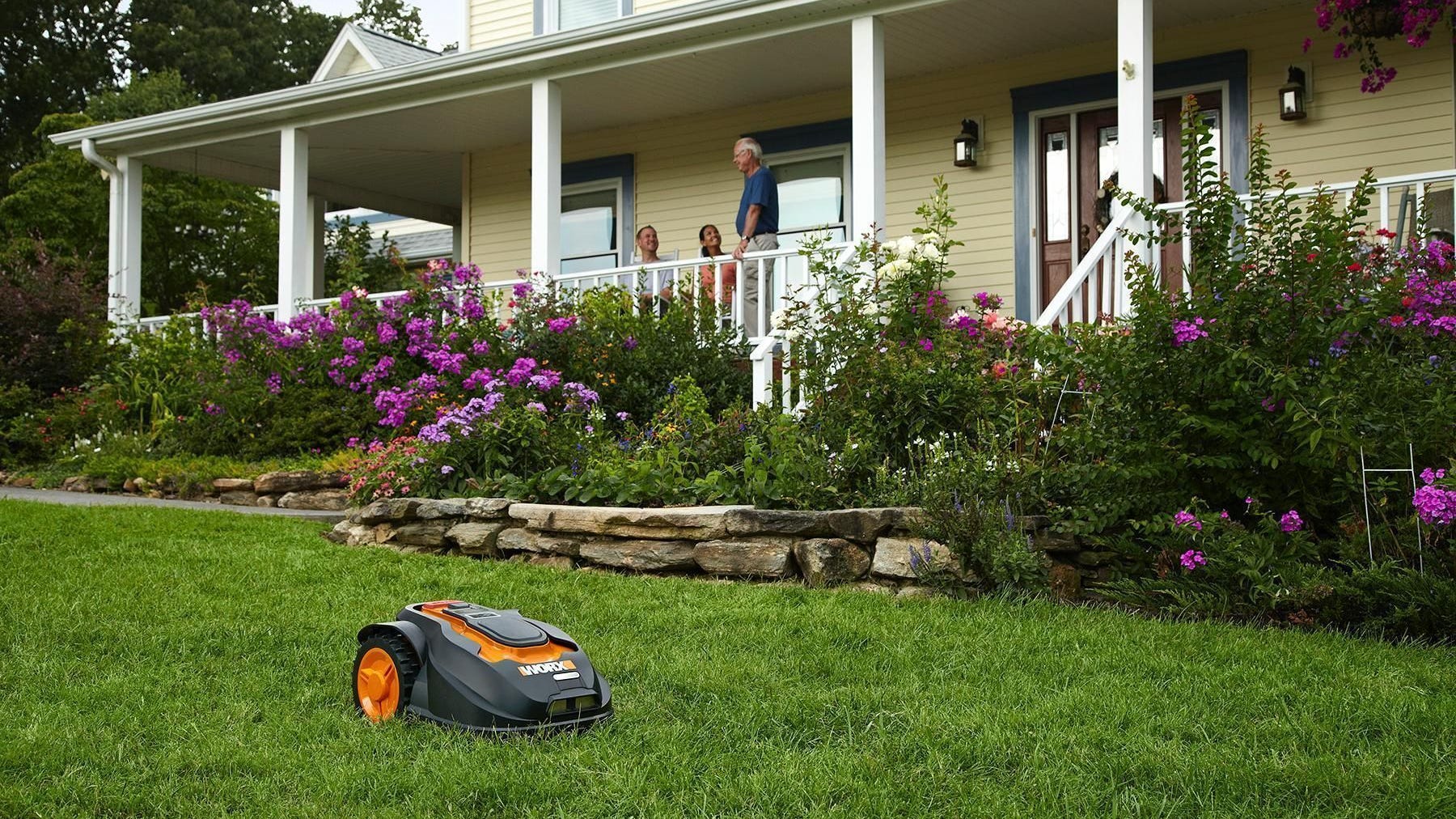
A stunning lawn doesn’t just appear out of nowhere. Shaping an appealing and thriving lawn and garden isn’t brain surgery, but it does require time, dedication, and valuable knowledge. Planning and grass selection are the first steps in creating a lovely garden. Then, proper upkeep of the grounds and yard ensures that the grass grows nicely, proudly parading its best look.
It takes significant effort to maintain the freshness and color of your yard. Fortunately, hints for beautiful, luxurious grass are out in the open for everyone who wishes to grasp how to handle their garden. Turn this easy instruction into action throughout the year.
Table of Contents
Check and Modify the Soil

img source: freep.com
A strong groundwork is necessary for a lovely garden, but creating rich nutritionally covered soil requires time and energy. You can learn about the pH level of your soil by testing it once a year. Nutritious grass usually requires a pH level of 5 to 7. If you need to make it less alkaline (pH level above 7), you can add sulfate. If it’s overly acidic, add lime to balance it out.
The two most common soil types are sandy soil and clay soil. Sandy soil tends to drain more. When you decide to test your soil, dig a hole in your garden and examine conditions around 200-300 mm beneath the surface. You’ll be able to tell the level of water supply available to your plants.
Be careful, once you plant the grass, there’s no going back and regrading. Soil testing will save you money and make sure you have the beautiful lawn you just imagined.
Watering Is Essential
Maintain an equal moisture level in flower beds. Water only once or twice a week. It’s preferable to water plants in the late afternoon or early morning when the soil is colder. If you do it during the day, the water evaporates. To minimize mold growth, avoid wetting leaves or plant crowns, and water lightly to prevent harm.
Whether seeding new areas, or you are a beginner and you are not sure how much water your lawn type needs, it is best to consult with experts first to avoid beginner mistakes.
If you’re often absent, consider installing a sprinkler system. You can adjust the moisture level in the soil using water control based on your soil type.
Don’t Skip Fertilization

img source: thisoldhouse.com
Soil is often not capable of supplying all of the nutrients your plants require during the vegetation stage. That is why it is essential to fertilize when necessary. You will need proper nutrition to ensure that your lawn is beautiful and healthy. The type of grass you’re cultivating determines when you should fertilize and what kind of fertilizer you need to use.
When hot-climate grasses wake up from hibernation in the spring, fertilize them. Fertilize cold-climate grasses generously in the fall and moderately in the early spring.
Keep Your Grass Safe From the Heat
Temperatures of up to 25°C stimulate your lawn to flourish, whereas temperatures beyond 30°C suppress it. If the weather gets warmer, stop mowing the grass too low but rather keep it standing at around five cm. It will provide shade and save the soil from drying out.
Deal With Weeds

img source: bobvila.com
To avoid weed invasion, plant thickly to reduce the amount of area available for weeds to thrive. You can prevent the blooming of weed seeds by using mulch.
Take care of the weeds that have shown in your backyard before they overrun the area. It’s far easier to pluck out a single weed than it is to remove hundreds of them. You might use a chemical solution, but there are several accessible organic herbicides such as cornmeal, salts from fatty acids or hot water.
Proper lawn and yard maintenance keeps your grass growing and looking its best.
Do Not Use Landscaping Fabric
Landscape fabric is widely used for weed prevention. Still, many people do not know it results in soil compaction. Moreover, landscaping pushes helpful organisms, such as worms, to leave your yard and look for a more welcoming area. Instead, use newspaper or other breathable, biodegradable materials to bring weeds in control, as they will ultimately degrade and provide nutrients to your soil.
Mulch

img source: gardeningknowhow.com
Mulch keeps your soil wet, minimizes compaction, and keeps weeds at bay. In addition, the material degrades over time, providing valuable vitamins and minerals to your ground. Using sawdust, twigs, pine needles, or any natural material to mulch your lawn helps keep it fresh across the vegetative stage.
Note to be careful with the dosage. Mulch can negatively affect plants if applied season after season as it forms a layer that doesn’t degrade and prevents root development. The soil gets clogged to the point that nutrients and water cannot reach the roots, causing the plants to starve. As a general guideline, simply add one inch around your plants and throughout the beds.
You Can Leave Some Leaves
Most people assume that cleaning up the leaves is a must, but this isn’t always the case. A thick covering of leaves can suffocate the lawn, while a bit of coating can be applied as mulch. As long as you can see a minimum of a quarter of your grass through the leaves, use the mower to cut it into tiny bits. The lawn will benefit from the nutrients provided by organic mulch.
Summary
Taking care of your garden is a fantastic experience. You work hard for the day when you can feel the fruits of your labor beneath your feet. Master the art of lawn and yard caring and watch your dreams of a rich and healthy green carpet come true. Break down the basics of lawn maintenance, have a go at one activity at a time, and enjoy in the best summer settings right in front of your home!
To get that perfect lawn, you can get help from professionals to help you achieve the results and maintain healthy and green grass. Contact www.growingseedsofchange.com today and let’s start working on the lawn of your dreams.







